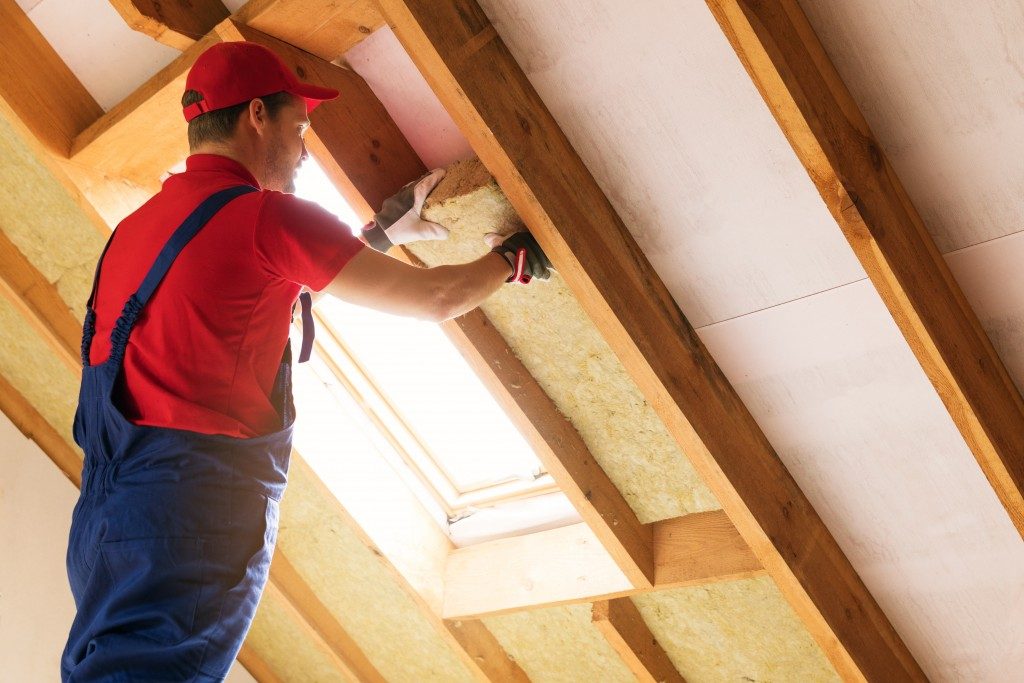When talking about insulation, more is always better. Put simply, the more insulation your house has, the more protected and efficient it would be all year long, regardless of the season. This is why you should prepare for all the different seasons.
Due to the severe and sudden temperature swings, the best thing you can do is to make sure that your home is capable of managing whatever the weather decides to throw your way. However, insulation isn’t exactly cheap.
So how could you possibly have sufficient insulation to satisfy both your summer and winter needs without wasting money?
Heat or Thermal Capacity is Crucial
Thermal or heat capacity is basically the amount of energy required for changing the temperature of a material. With insulation materials, those with low heat capacity enable faster heat transfer than insulation materials that have high heat capacity.
The Insulation Material and How Much is Installed is Immensely Vital
Basically, this means that if you are only planning on installing a thin insulation layer, it’s ideal that you consider investing in materials that have a high thermal or heat capacity. Doing this will enable you to protect your home against the cold winter season.
You will likewise be utilizing an insulation material that will perform equally well during the summer months. If you already have sufficient insulation, regardless of the material used, whether batted or blown insulation for your Kansas City home, the specific type of material used won’t matter as much because it would take some time for heat to penetrate and go through it.
How to Further Optimize Your Insulation’s Performance
For the average person, insulation and thermal performance are fairly complicated that it is very easy to forget about the many variables that go with them. If, however, you do decide to go all out and invest in the best insulation solution you can afford, you also need to make certain you do some things.
You should employ basic elements of the envelope design to optimize the performance of your insulation further regardless of the season. For instance, your home might benefit from a ventilation layer during hotter months, either in your roof or a portion of your home’s façade, to enable external air to flow through and transport air out efficiently.
You can likewise consider employing radiant barriers or reflective components alongside a ventilation layer to offset insufficient insulation. Don’t forget your roof – a well-insulated roof is extremely vital if your home is in a hotter climate.
Don’t Forget About Shade

Keep in mind that all your efforts to improve your home’s insulation performance will be for naught if you don’t employ sufficient shade. If your home lacks effective shading devices for blocking heat and stopping it from reaching your window glazing, you’ll just be throwing money away.
Put simply, your primary goal is to try and optimize your insulation’s performance and maintain the most comfortable temperature possible by spending just the right amount of money. Ultimately, this would enable your home to obtain immunity against severe temperature swings that might come your home’s way.

